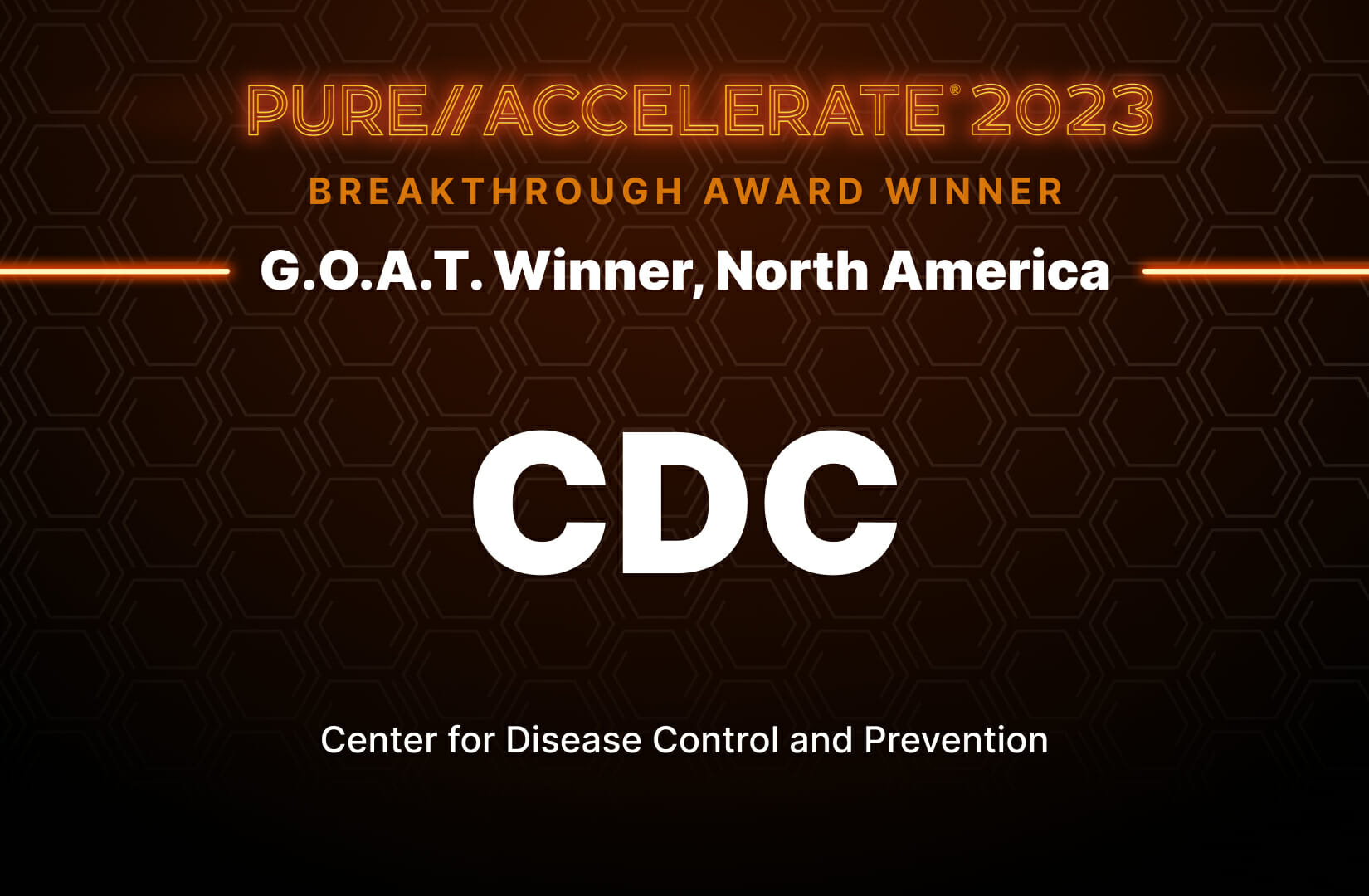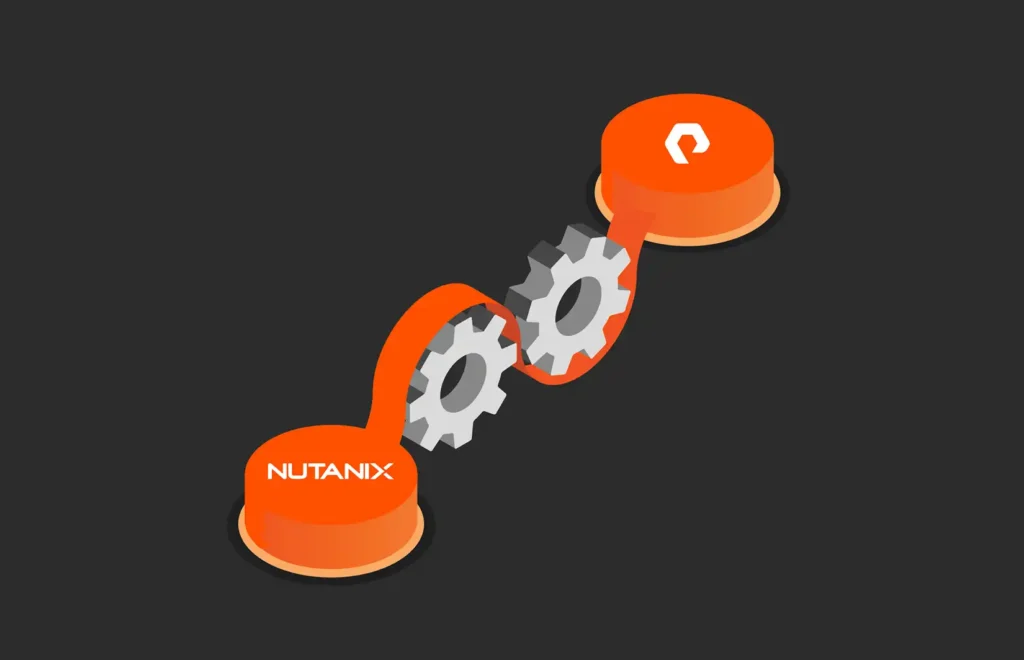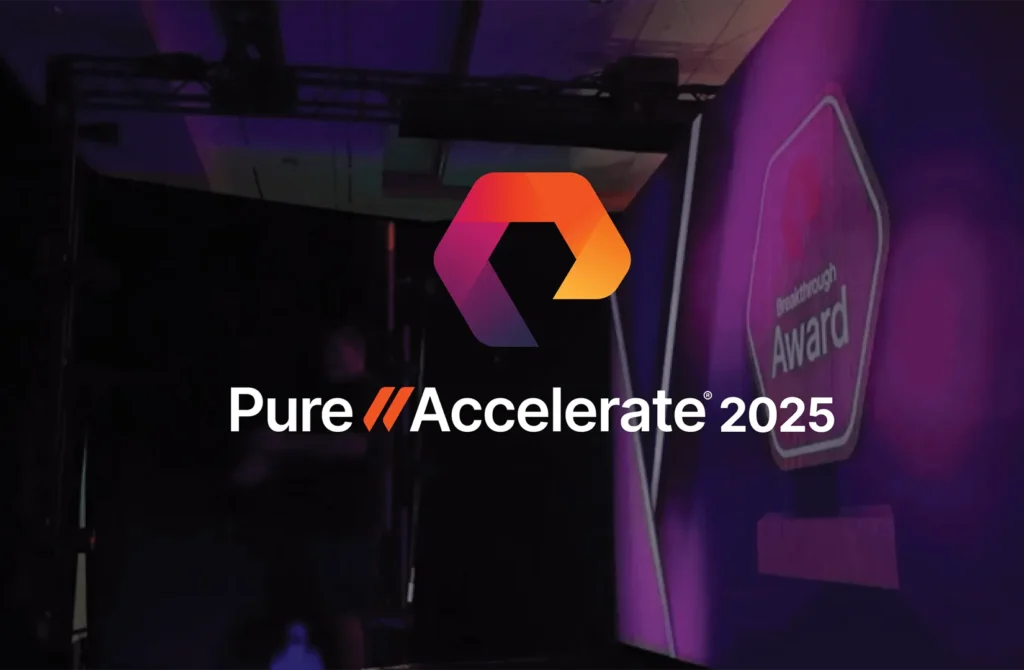When COVID-19 hit, the Centers for Disease Control (CDC) found itself in a race against time. The ability to process data quickly became a matter of life and death.
Protecting Millions from COVID-19
Running their large data workloads on Pure Storage® FlashBlade®, the CDC’s researchers sequenced genetic samples from the CDC’s state partners and private labs around the country to study the virus and inform America’s surveillance strategies. The CDC has processed nearly 70,000 internally generated samples since the pandemic began, as well as 1.9 million samples from its external partners.
Most importantly, rapid access to data and research results has helped the CDC to intervene sooner, save lives, and reduce illness, all while lowering costs to the American healthcare system. By positioning itself to act fast and cost-effectively, the CDC has helped both state and local healthcare providers protect as many citizens as possible in the face of a volatile situation.
Delivering 21st-century Health Detection
The CDC’s Office of Advanced Molecular Detection (OAMD) combines the power of next-generation genomic sequencing, high-performance computing, and epidemiology research. Its analyses help the CDC identify emerging pathogens, aid in the development of life-saving vaccines, and improve food safety—all with the goal of protecting Americans from a wide range of health threats.
Delivering a 21st-century health detection and surveillance system is about putting science and advanced technology into action to prevent disease. To achieve that, the CDC needs the data speed and turnaround times to support rapid, high-performance data analyses.
The OAMD uses more than 100 FlashBlade arrays to underpin these technologies and fuel its critical data analyses. Hundreds of researchers, including mathematicians, bioinformaticians, and data scientists rely on the arrays to support their genomic sequencing workloads. The CDC’s genomic surveillance efforts have sped up dramatically since reimagining its storage environment, with sequencing workloads that used to take days now taking just minutes.
Advanced Research Made Simple
Departments across the CDC now rely on Pure to support their data workloads. As a shared system, the ability to scale data storage has been instrumental in driving some of the organization’s most intensive analyses, with new teams and users accessing the environment each day.
The CDC’s storage environment is more scalable than ever, which means teams can add capacity on demand without running into performance issues. The end result is that more researchers can conduct their work with confidence.
The CDC has also taken the headache out of managing and upgrading its storage, which means its storage team can focus on supporting life-saving analyses. Partnering with its science and technology systems integrator, Leidos, the CDC has reduced the storage footprint in its data center from three racks down to just half a rack, while using Pure Evergreen//Forever™ to ensure it can run and upgrade its arrays with zero interruption to its data-driven operations.
“The OAMD relies on powerful technologies like AI and machine learning to fuel increasingly complex research, and as the COVID-19 pandemic proved, the stakes could not be higher,” says Vernard Martin, Senior Solutions Architect at Leidos. “Together, we built a storage environment that could support bioinformatics analysis and Nextflow-based workflow management while ensuring ease of use, simplicity, and availability. Our goal is to deliver the fastest storage, fastest compute times, and fastest way for researchers to get their work done.”
We couldn’t have said it better ourselves. Congratulations to the CDC on winning the Pure Storage GOAT Award, a testament to how the right combination of people and technology can make the world a safer, healthier place, no matter what comes our way.
Reference to specific commercial products, manufacturers, companies, or trademarks does not constitute its endorsement or recommendation by the U.S. Government, Department of Health and Human Services, or Centers for Disease Control and Prevention.
![]()





